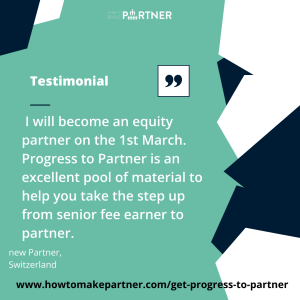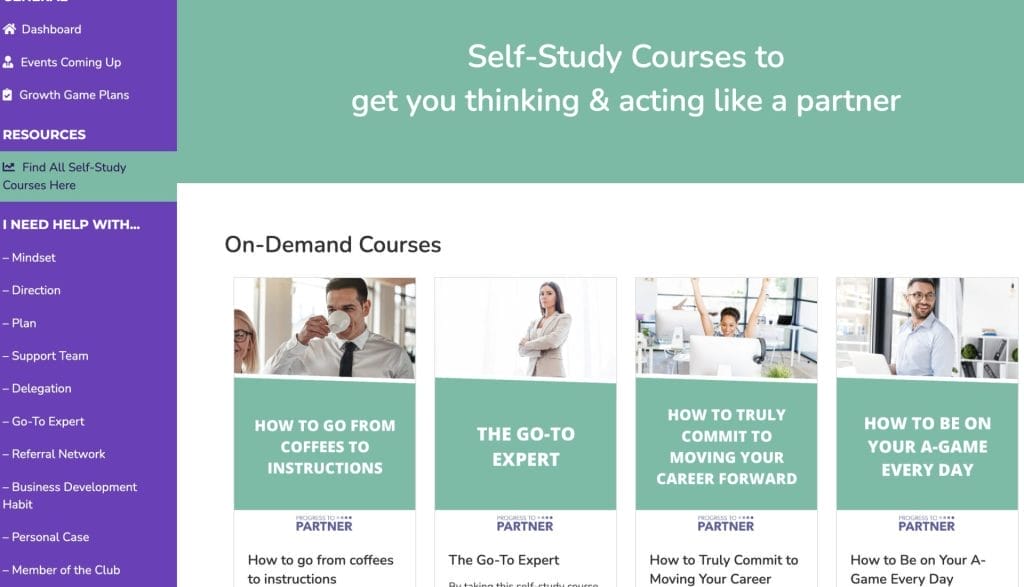There’s nothing more disheartening than losing a tender. After all the late nights, early morning coffees, and pestering (or being pestered) for essential information, it’s a real kick in the teeth when all that effort on writing a bid doesn’t end in success. There are no prizes for coming second… So what can you do to improve your tender win rate? How to write a successful bid? What can you do to perform better so that you don’t miss out on any more opportunities?
This is why we asked Scott Keyser, author of “Winner Takes All” to run a virtual masterclass on how to improve your tender win rate (and spend less time on responding to tenders overall). This article is taken from the information Scott shared in the virtual masterclass. To listen to the first 20 minutes of the virtual masterclass, click on the video below.
If you listen to the whole of the virtual masterclass you will learn:
- The typical (public sector) bid process
- The mountain analogy: Where many professional services bids go wrong
- Scott’s secret sauce: the 7 ingredients needed to increase your bid win rate
- Tips on winning new work from new clients in this COVID-19 world
- How to deal with pressure on pricing – particularly in this COVID-19 world
- How to sway the decision where price is the top consideration
- How to stop being the ‘spare wheel’ in a pitch meeting
How to write a successful bid, starts with knowing the 7 key ingredients to improve your tender win rate.
7 must-dos to improve your tender win rate
 1. Nail your value proposition
1. Nail your value proposition
Many firms fail to win tenders, whether a large international firm or a smaller regional-based firm, because they don’t know their distinctive offer value to the market. To put it simply, if you don’t know this, you become ineffective with the remaining steps for winning a tender as well as the overall business development strategy. How to write a successful bid starts with truly understanding your firm’s value proposition. In particular, what is it that your firm brings to the table over and above similar firms who will also be asked to tender.
So how can you avoid this mistake and get a very clear idea of your value proposition? To nail your value proposition, you need to go through the 7 Ps:
- Product – what is your product or service?
- People – who are the people that you want to help?
- Pain points – what are their specific pain points?
- Promise – what is your promise to them (i.e. what are the benefits of removing these pain points?)
- Price – what is your price?
- Positioning – how are you positioned in the minds of your target clients?
- Place – where is your product or service actually sold? Is it the best place?
If you nail these 7 Ps, then you’ll nail your value proposition. And if you nail your value proposition, you’ll nail your business development strategy and you’ll stand out from your competitors.
Most tenders don’t address the pain points of the clients that they are targeting and that’s why they are unsuccessful. This is the biggest miss. So if your potential clients know what you do and why AND you address their specific pain points, you immediately become distinctive.
It gives you clarity as well. And from clarity, you gain confidence and it makes pre-qualifying opportunities much, much easier.
Take a step forward to be in control of your own career progression in your firm. Sign up to my weekly tips here and you’ll find out what you need to be working on in your career development (and how to make the time for your career development) to progress your career in your firm.
 2. Identify the buyer’s pain points
2. Identify the buyer’s pain points
As I said previously, knowing and addressing your potential client’s pain points is key to winning a tender. This will help you improve your tender win rate immeasurably and this is what will set you apart from the rest.
You may not know your buyer’s pain points and they might have not even thought about a tender yet, so this step requires you to do some leg work. It requires you to actively target the specific and individual decision-makers in the specific organisations that you want to do business with so that you can start building a relationship with them.
So you’ve identified the individual you need to target, so the first step is to meet them and nurture a relationship with them. This builds trust. When you have trust, you can then really uncover what their pain points are. Using these pain points to tailor your bid to them, you can then build a tender that emphasises your relationship with them; one that is based on trust and expertise.
To put it simply, no matter how brilliant a bid writer you are, your tender is not going to hit the spot unless you know your potential client’s pain points. When you know these, you have the raw material to write a winning tender and to develop a strong and long lasting relationship with the client.
 3. Build a bid library
3. Build a bid library
An effective way to improve your tender win rate is to build a bid library. Very few professional firms do this really well, so again, this is where you can shine above the rest.
What I mean by building a bid library is constructing a library of pre-approved responses. There’s a standard routine, there are standard questions to ask, and you know around 90% of the bid content that will come up (e.g. your organisation, your team, your track record, your standing in the market etc), so make note of these. If your firm doesn’t already do this, start a bid library and get your colleagues involved in putting this together. (This will really earn you brownie points with your partners.)
If you have that 90% bid library of excellent responses, this frees up the time to tailor that vital 10% of the tender and to write a world-class executive summary. Think of your bid as a spear. Yes, the spear itself is important but it is the tip that really makes an impact. As I’m sure you can guess, the executive summary is the tip of your spear. Many firms neglect the effectiveness of the executive summary so don’t make that same mistake.
Read: How to make time for business development and still have a life outside of work
 4. Streamline your bid process
4. Streamline your bid process
Just like building up the bid library where 90% of responses are there and ready to use, you also need to streamline your bid process so that it can be mobilised quickly by everyone.
Imagine if, as soon as the request for proposal has been made, your team can immediately start the bid process. Imagine how much of a positive impression that would make to the potential client; a quick turnaround time with a tender that is completely tailored and relevant for them. Talk about standing out from your competitors and winning bids right out from under their noses.
You may not think that this is an essential step to improving your tender win rate, but it’s surprising how much of an impact it makes. Having everybody in the team knowing exactly what they’re meant to be doing means more efficient roles and a fluid process that results in success way more often than not.
 5. Develop your skills at writing a bid and pitching
5. Develop your skills at writing a bid and pitching
Just like streamlining the tender process, developing the right skills is also a longer-term play to improving your tender win rate.
When we say the ‘right skills,’ we are talking about rapport-based, empathic questioning as well as writing a bid, and pitching. If you can develop these over time, you will soon see your tender win rate skyrocket!
To give you an example of the power of sales writing, there have been cases where the executive summary has been the deciding factor. Even with 500-page bids that have been meticulously put together, a CEO can read the 3-page executive summary and make their decision based on that.
Read: How to write a proposal which will help us win a competitive tender?
 6. Pre-qualify the tender
6. Pre-qualify the tender
Pre-qualification is something that is done very badly (if at all), yet it is one of the seven key ingredients to winning more tenders. After all, no-one wants to waste time writing a bid document, just for the bid to go nowhere. So what is pre-qualifying a tender and how do you do it?
Pre-qualification is analysis. It’s the stage before making the big decision, where you analyse the opportunity and check whether you qualify for it and whether it qualifies for you. For example, for every opportunity, ask yourself:
- Is it winnable?
- Is it deliverable?
- Is it desirable strategically?
- Does it fit within our core want/need?
- Is it profitable?
Something as simple as this – pre-qualifying tender opportunities – can help you dodge bullets, especially those costly done deals. Yes, you will bid for fewer opportunities but you will win more of them. Isn’t that what we all want? For your return on our tendering investment to increase?
If you want to improve your tender win rate, you need to implement a robust pre-qualification procedure. Use our pre-qualification checklist (email required) to help you implement your pre-qualification procedure.
Take a step forward to be in control of your own career progression in your firm. Sign up to my weekly tips here and you’ll find out what you need to be working on in your career development (and how to make the time for your career development) to progress your career in your firm.
 7. Get client feedback
7. Get client feedback
The last key ingredient for increasing your tender win rate is systemically seeking and collecting candid client feedback. Just like everything in the business world, if you get real insights into what it’s like being on the receiving end of your bids, you can make changes that make a real positive impact.
So do this properly and start doing it frequently. You could brief an external research agency and have them interview your clients. Ask them what they liked, what they would want to be different, what you should have done less or more of, and even what you could stop doing altogether. Trust us when we say that any insights you gain when you collect client feedback are absolute gold dust.
Start increasing your return on investment when it comes to your bids
It’s disheartening when you put so much time and effort into a tender and you lose it, so start putting your effort into the right tasks so that you can start winning them.
All of these seven points are crucial if you want to improve your tender win rate, but there are three in particular that you must get right now: know your value proposition, uncover your buyer’s pain points, and pre-qualify every opportunity.
If you start putting your effort into understanding what you offer and how you can address your potential client’s problems, you can differentiate your service from your competitors. You can show them that you understand and empathise with their world and you can start to finesse the relationship between the price charged and bang given.
For more of Scott’s tips on how to write a bid document and increase your tender win rate:
 The full recording is in my Progress to Partner Academy (along with 14 courses to work through in your own time to build your partner-ready skills).
The full recording is in my Progress to Partner Academy (along with 14 courses to work through in your own time to build your partner-ready skills).
If you listen to the whole of the virtual masterclass you will learn:
- The typical (public sector) bid process
- The mountain analogy: Where many professional services bids go wrong
- Scott’s secret sauce: the 7 ingredients needed to increase your bid win rate
- Tips on winning new work from new clients in this COVID-19 world
- How to deal with pressure on pricing – particularly in this COVID-19 world
- How to sway the decision where price is the top consideration
- How to stop being the ‘spare wheel’ in a pitch meeting
This is what listeners to the virtual masterclass said about it:
“Thanks very much for the session and useful tips!”
“The seven ingredients are brilliant – not sure I have had such a succinct summary before”\
Join our Progress To Partner Academy!









